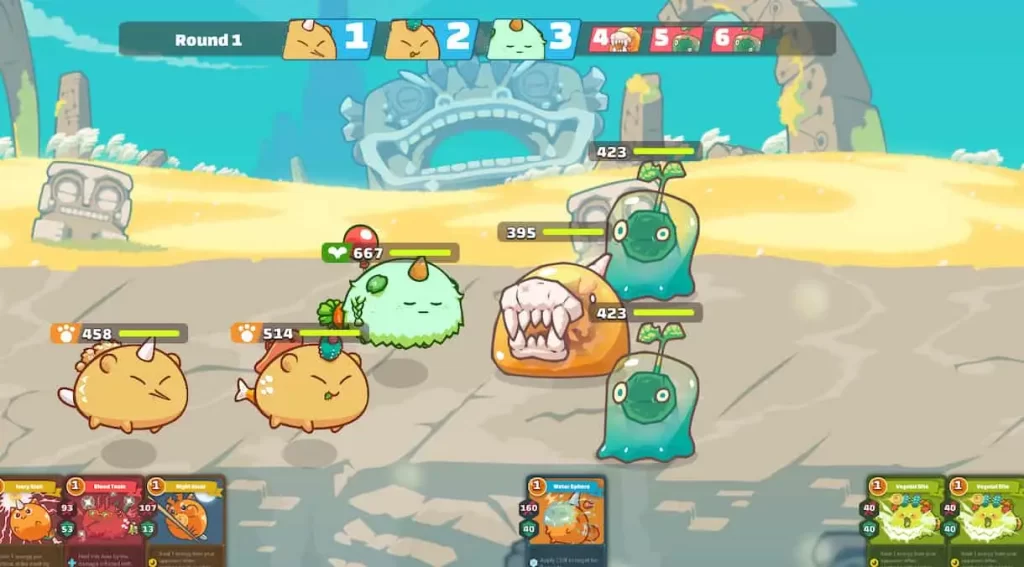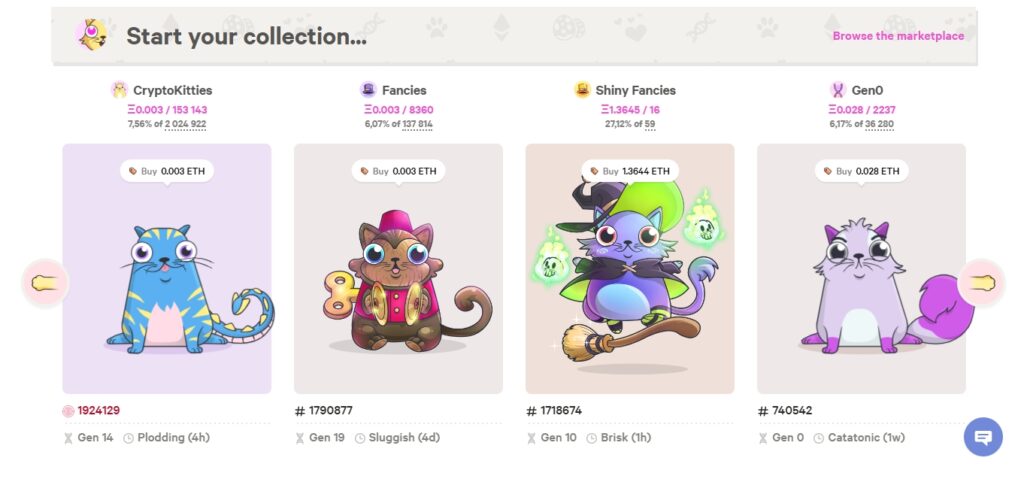In the rapidly evolving landscape of digital entertainment, the intersection of cryptocurrency and game design has emerged as a revolutionary frontier. As blockchain technology continues to mature, game designers are increasingly harnessing its capabilities to create immersive, player-driven experiences that redefine traditional gaming paradigms. This article delves into the intricacies of cryptocurrency game design, exploring how blockchain can be leveraged to build engaging worlds, enhance player agency, and foster sustainable economies within games.
Understanding Blockchain Technology in Gaming
At its core, blockchain is a decentralized ledger technology that enables secure, transparent transactions without the need for intermediaries. In the context of gaming, blockchain can facilitate the creation of unique digital assets, known as non-fungible tokens (NFTs), which can represent in-game items, characters, or even entire virtual worlds. According to a report by NonFungible.com, the NFT market reached a staggering $10.7 billion in sales in 2021, highlighting the growing interest in digital ownership and scarcity (NonFungible.com, 2021).
The Role of NFTs in Game Design
NFTs have revolutionized the way players interact with in-game assets. Unlike traditional gaming models where items are often locked within a game’s ecosystem, NFTs allow players to truly own their assets. This ownership is facilitated by smart contracts—self-executing contracts with the terms of the agreement directly written into code. For instance, in games like Axie Infinity, players can breed, trade, and battle creatures called Axies, which are represented as NFTs on the Ethereum blockchain. This model not only incentivizes gameplay but also creates a vibrant secondary market where players can buy and sell their Axies for real-world currency.

Axie Infinity exemplifies NFT economies in blockchain games.
Creating Engaging Worlds with Blockchain
Game designers can leverage blockchain technology to create dynamic, player-driven worlds that evolve based on community input and participation. One notable example is Decentraland, a virtual reality platform powered by the Ethereum blockchain. In Decentraland, users can purchase, develop, and monetize parcels of virtual land as NFTs. The platform’s governance is managed by a decentralized autonomous organization (DAO), allowing players to vote on key decisions regarding the development of the world. This level of player agency fosters a sense of ownership and investment in the game, leading to a more engaged community.
Decentralized Economies and Player Incentives
Blockchain technology enables the creation of decentralized economies within games, where players can earn cryptocurrency through gameplay. This model not only incentivizes participation but also allows players to monetize their skills and time. For example, in the play-to-earn model popularized by games like The Sandbox, players can create, own, and monetize their gaming experiences. The Sandbox allows users to build their own games and experiences using its voxel-based assets, which can be traded as NFTs. According to a report by DappRadar, The Sandbox saw a 200% increase in active users in 2021, demonstrating the appeal of player-driven economies (DappRadar, 2021).
Challenges and Considerations in Cryptocurrency Game Design
While the potential of blockchain in gaming is immense, several challenges must be addressed to ensure sustainable growth. One significant concern is the environmental impact of blockchain technology, particularly proof-of-work systems that require substantial energy consumption. As a response, many game developers are exploring more sustainable alternatives, such as proof-of-stake mechanisms or layer-2 solutions that reduce energy usage. For instance, the Ethereum network is transitioning to a proof-of-stake model with Ethereum 2.0, which aims to significantly decrease its carbon footprint.
Regulatory and Security Concerns
Another challenge lies in the regulatory landscape surrounding cryptocurrencies and NFTs. As governments worldwide grapple with how to classify and regulate digital assets, game developers must navigate a complex web of legal considerations. Additionally, security remains a paramount concern, as the rise of decentralized finance (DeFi) has also led to an increase in hacking incidents. According to a report by Chainalysis, over $1.3 billion was stolen from DeFi protocols in 2021 alone (Chainalysis, 2021). Game developers must prioritize security measures to protect players’ assets and maintain trust in their platforms.
Real-World Examples of Successful Cryptocurrency Games
Several games have successfully integrated blockchain technology, showcasing the potential for engaging and sustainable gaming experiences. One prominent example is CryptoKitties, a blockchain-based game that allows players to collect, breed, and trade virtual cats. Launched in 2017, CryptoKitties became a cultural phenomenon, with some rare cats selling for over $170,000. The game demonstrated the viability of NFTs in gaming and paved the way for future projects.

CryptoKitties created a craze with virtual cats and blockchain.
Another noteworthy example is Guild of Guardians, a mobile RPG that incorporates blockchain technology to create a player-owned economy. Players can collect heroes, craft items, and trade assets as NFTs, all while participating in a cooperative gameplay experience. The game has garnered significant attention, raising over $5 million in funding through its initial token sale, indicating strong investor confidence in the play-to-earn model.
The Future of Cryptocurrency Game Design
As the gaming industry continues to evolve, the integration of cryptocurrency and blockchain technology is poised to reshape the landscape. Game designers must remain agile, adapting to emerging trends and technologies while prioritizing player experience and engagement. The potential for decentralized economies, player ownership, and immersive worlds presents an exciting opportunity for innovation in game design.
In conclusion, the role of cryptocurrency in game design is not merely a passing trend; it represents a fundamental shift in how players interact with digital worlds. By harnessing blockchain technology, game designers can create engaging, player-driven experiences that foster community, ownership, and sustainable economies. As the industry continues to mature, the successful integration of these technologies will be crucial in shaping the future of gaming.
Key takeaways include the importance of NFTs in establishing true ownership of in-game assets, the potential for decentralized economies to incentivize player participation, and the need for game developers to address environmental, regulatory, and security challenges. As we look ahead, the fusion of cryptocurrency and game design promises to unlock new dimensions of creativity and engagement in the gaming world.

